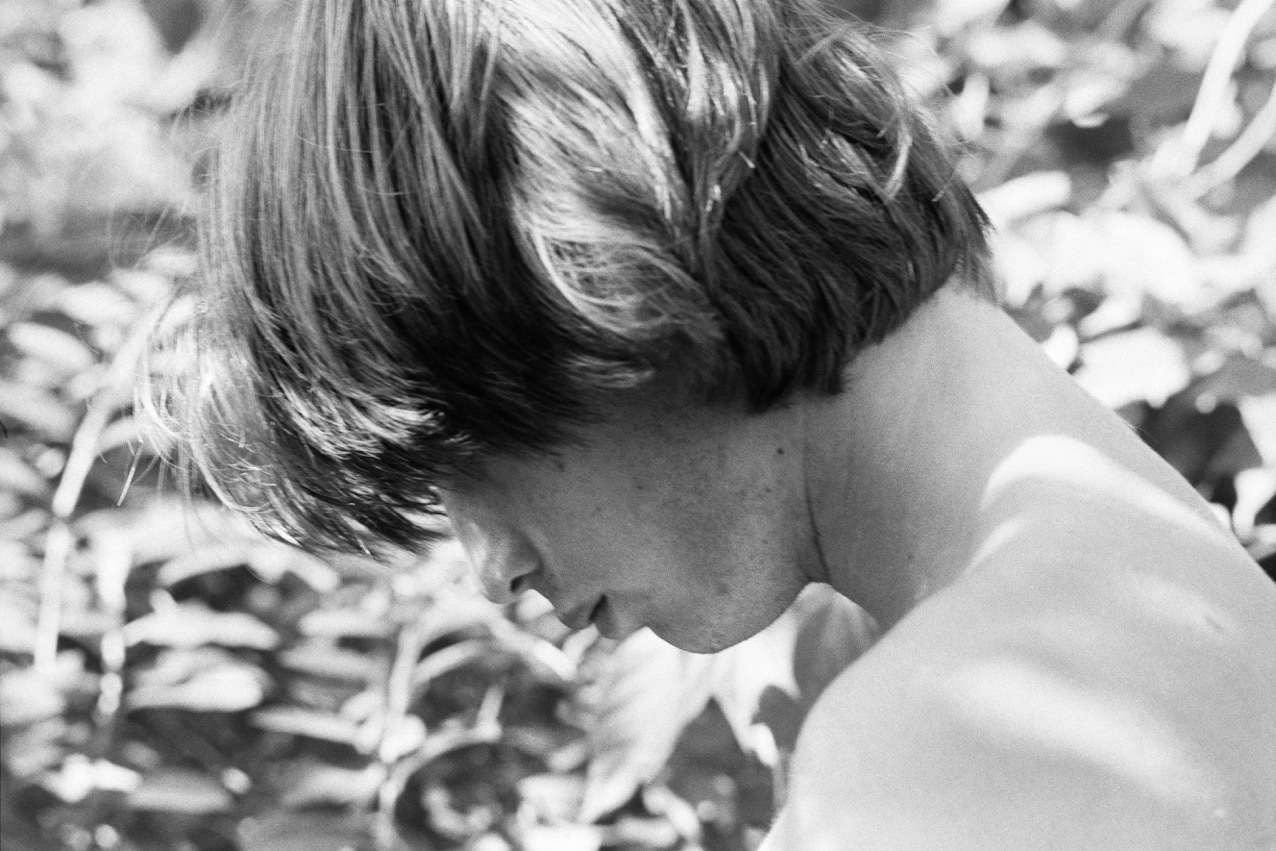The zeitgeist is a topic that often comes up in interviews with Walter Pfeiffer. He denies being attuned to this, but his young-at-heart subjects and his instinctual gaze keep his images feeling lively and decidedly timely.
Pfeiffer started his career as a draughtsman, painter, and graphic designer in Zurich. At first, he took photographs simply to create references for these other outlets, but the medium’s creative potential eventually became clear to him. Since then, he’s honed a distinctive style: intense flash and surprising crops are his signatures, and handsome, insouciant boys his eternal subjects. He regards them with a slightly longing gaze, creating intimate and often experimental images.
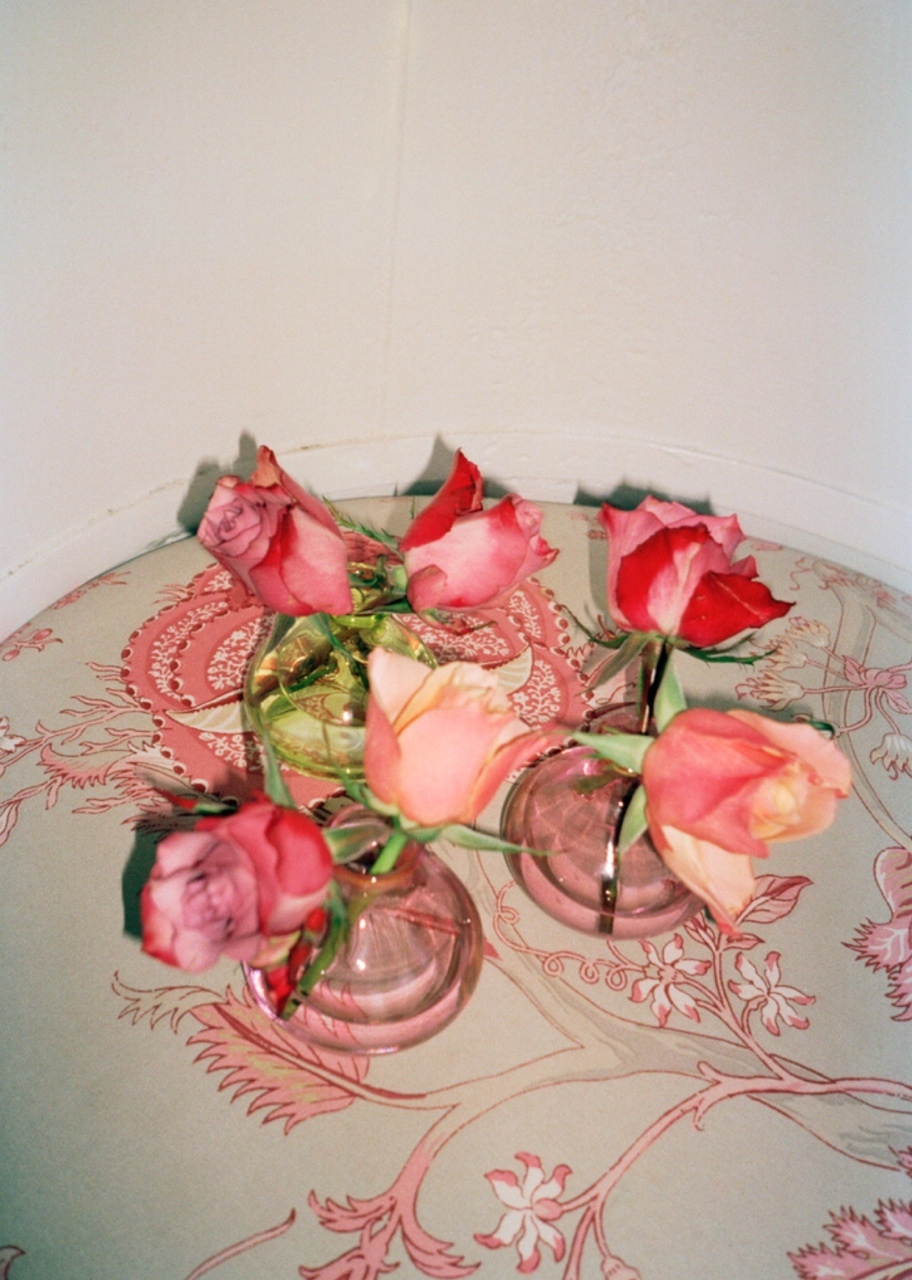
Pfeiffer’s breakthrough as a photographer was a black-and-white portrait series of a man in glam-rock drag, which appeared in the 1974 exhibition Transformer: Aspects of Travesty — a boundary-pushing celebration of alternative sexuality and identity. Then, in 2001, his monograph Welcome Aboard! Photographs 1980-2000 put him on the map for a younger generation. In addition to his personal work, Pfeiffer has also made his name collaborating with a range of international magazines from Butt to French Vogue, and i-D.
Coinciding with his 70th birthday, Pfeiffer’s new exhibition Send Me No Flowers, at Galerie Sultana in Paris, references a 1964 film by Norman Jewison. Accordingly, the gallery is showing his images and videos of fetching young men against a backdrop of floral wallpaper.
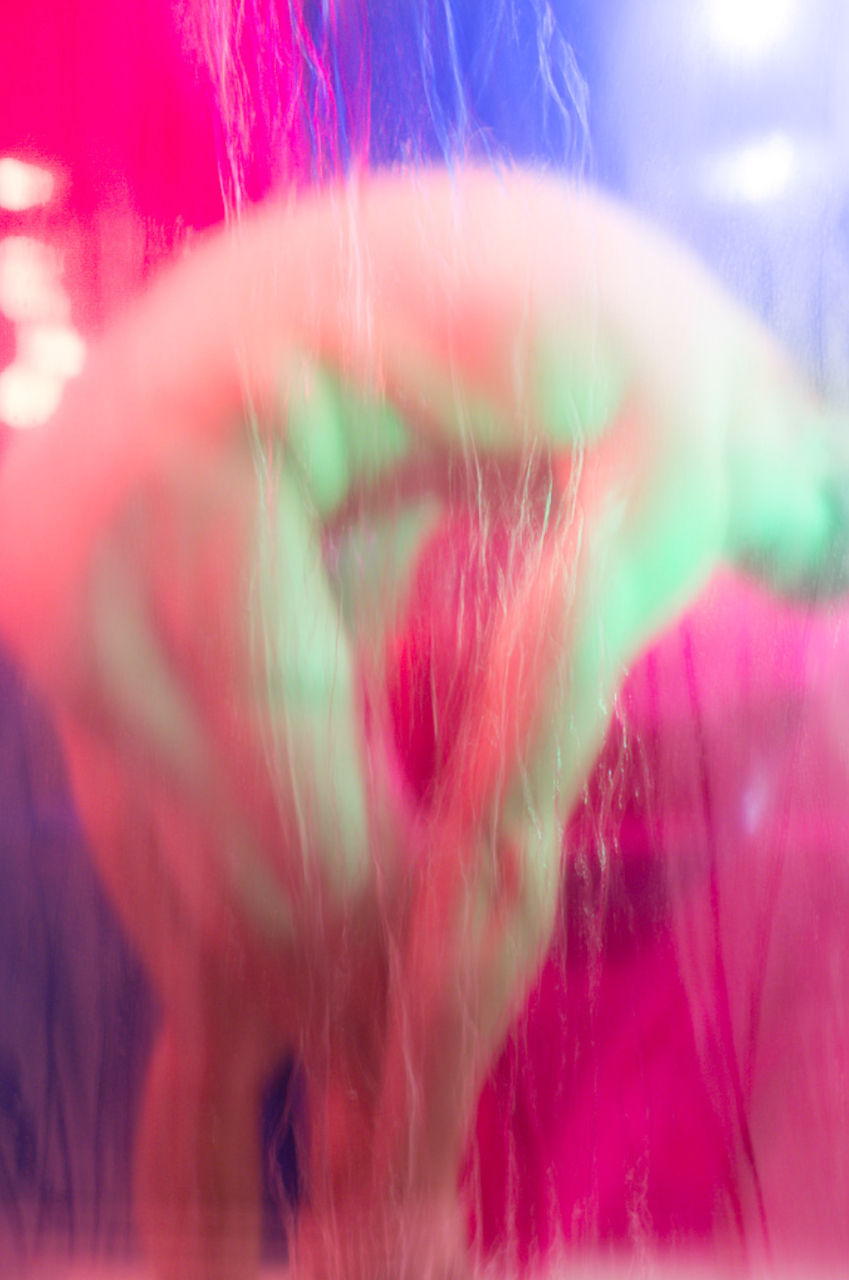
We got on the phone with Pfeiffer as he was packing for a trip into the Swiss Alps.
Send Me No Flowers is named after the farcical 1960s film starring Rock Hudson and Doris Day. Do you pull a lot of your image references from films?
Sometimes, from old movies; not the new ones. All those colorful comedies from the early 60s, before the end of Hollywood, when Hollywood was super artificial. I like when films were made in the studio. Even in daylight, they were always shining light on faces — I like this kind of thing.
It’s an aesthetic that matches yours: very saturated, very flash-driven.
Yes. If I want to do “art pictures” in black-and-white, I can’t do it. Sometimes I tried to be more “artistic” with wonderful light. Maybe if I’d gone to [photography] school, I’d have more technical skills. I never learned, so I have to stay this way.
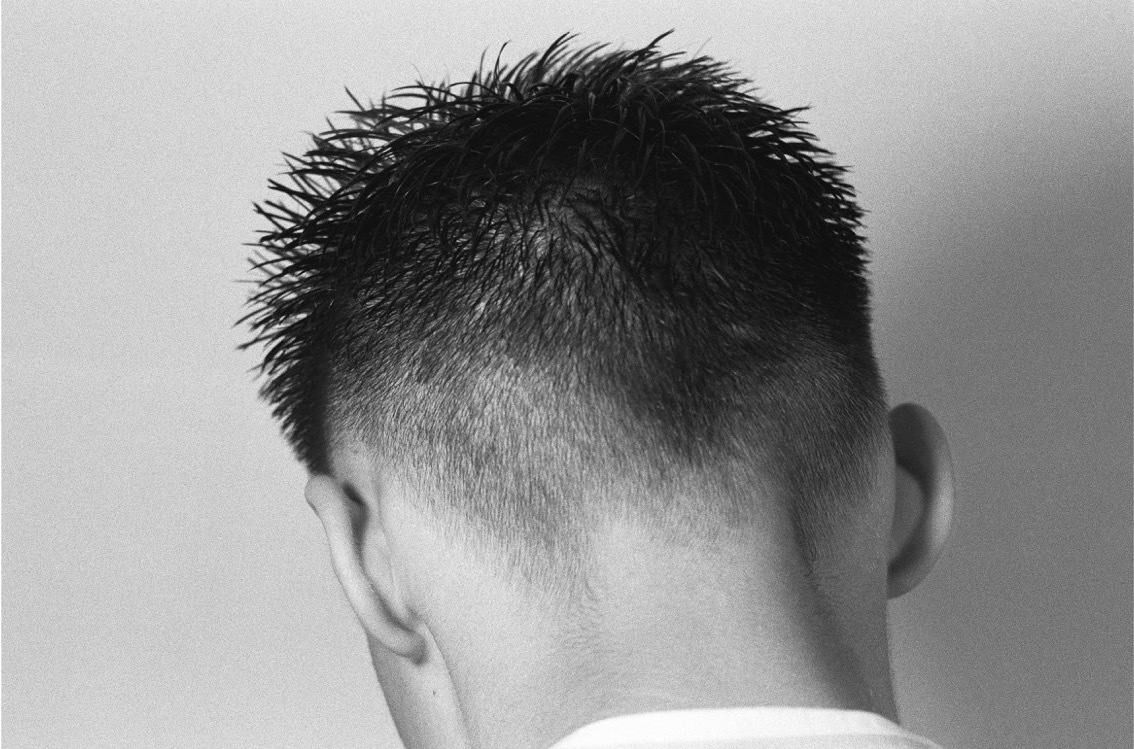
Yet you yourself have taught at art schools.
Yes, you know, when I come to the students, they know more than me. They are so perfect already. They know Photoshop and everything. But they don’t see pictures, you know; their pictures are too much, too frozen, or too perfect, with no mistakes. And I’m an old mistake-lover. I hate when it’s too much.
I only do workshops. Before, when I was younger, to make a living, I taught drawing classes, because they would never hire me to teach photography. They would have laughed. In the early 2000s, I had a comeback with my book [Welcome Aboard! Photographs 1980-2000] and then ten years later they asked me to give advice to photo students. But before, I would neverdare to. Even now, I still have to do my own thing, and not care.
So you refuse, in a way, to learn the technique?
I like when I can do things automatically. When I have to think a lot before I do the picture, the picture maybe is gone. I have to be quick, and I have to find a way — my way.
Absence of technique keeps you impulsive.
Yes! I’ve learned a little more about photography through the years, but not that much, because I forget it quickly after. Now I have assistants for commercials and magazines. If it’s for myself, it’s simply old-style, with automatic flash.
Students tell me what’s new and “really good,” and I sometimes think, “Pffff, that’s so awful.” But I’m curious, and I like to be taught what’s in and what’s out. It’s always interesting to have news from this perspective.

The composition of your images is quite intimate and cropped. Do you get very close to your subjects, or do you reframe your shots while you’re editing?
It depends on the models I have. When they’re not professional models, time is limited. If I wait too long, it could be over; they get preoccupied.
Where do you find amateur models?
Friends introduce me, or write to me, or it’s coincidence. You have to find ways. But I like, in a way, to make it difficult, because it’s easy to call the agency. I like it when I’m the first one to photograph someone. After me, there’s a deluge! [Laughs.] It’s better like this. Because after, I often see them getting kind of professional. And I hate it, a little bit — for my work. For a magazine it’s different.
What criteria do you use for accepting a magazine or a commercial project?
I’m super selective. I can’t do too much; the energy is not the same as when I was younger. Now they have the best hair, makeup, stylist… everything is set. In the past, [in Switzerland], I would have had to find all these people myself and do it without a studio, at my flat.
I only do projects when I say, “Oh Yes! Oh Yes! I want to do it desperately.” Then it’s good; otherwise I stay at home. I do it when it’s interesting, and kind of sexy, and sounds fun to make, you know: not too serious.
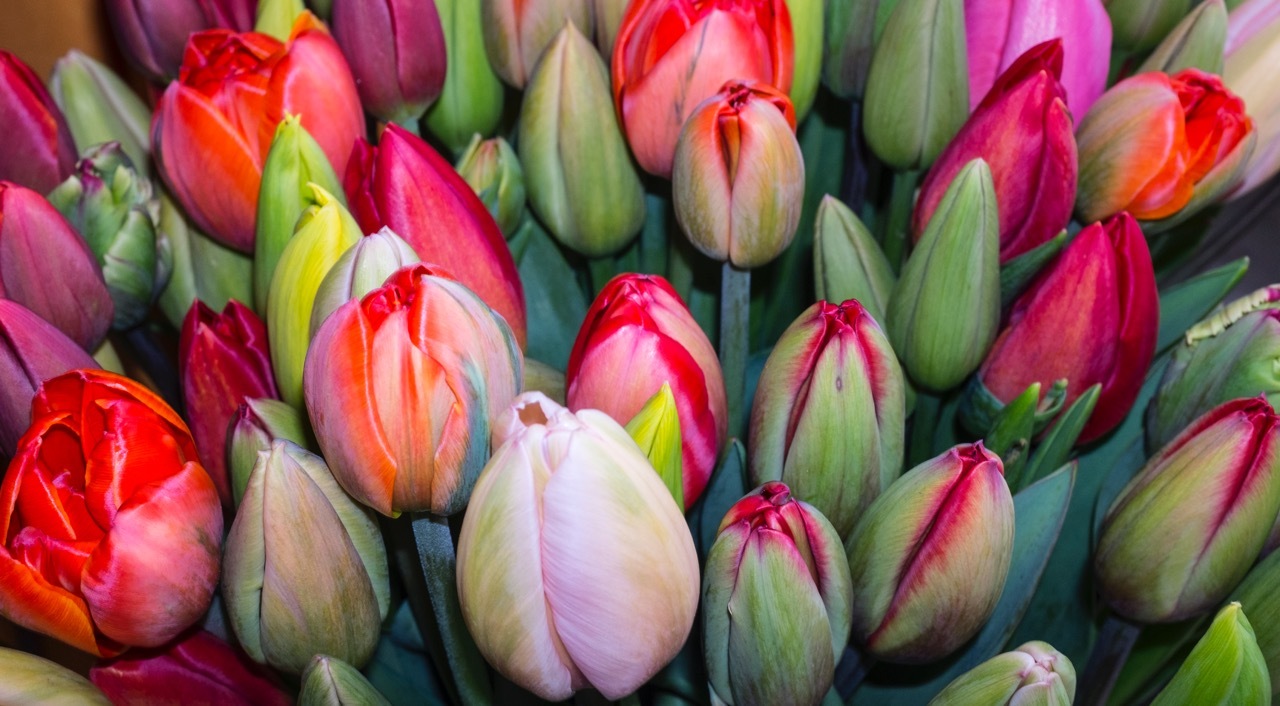
You’ve always lived in Switzerland. Why is it such an important place for you?
I got studios when I was painter: one year in New York, one year in Paris, and one year in the East End in London. But I had to return here, because my roots are here, with family, and with models. And because of the mountains.
Beauty and youth are so often equated, and you focus on this in your work. As you get older, do you see beauty in other things, too?
No, it stays the same. But I’m not that hungry anymore, like when I was younger. It’s not like [starts panting] “I want him, I want him, desperately! If I can’t, I die!” If it doesn’t work, ugh, who cares?
You’ve focused on the gay scene and shot subjects in drag. Has your depiction of these communities changed over the years, as the conversation around these identities has become more public?
Oh. That’s a difficult question. I don’t know. For me, that didn’t change a lot for myself, or in my work. When I started, I was nearly the only one who did things like this. Now everybody can do it.
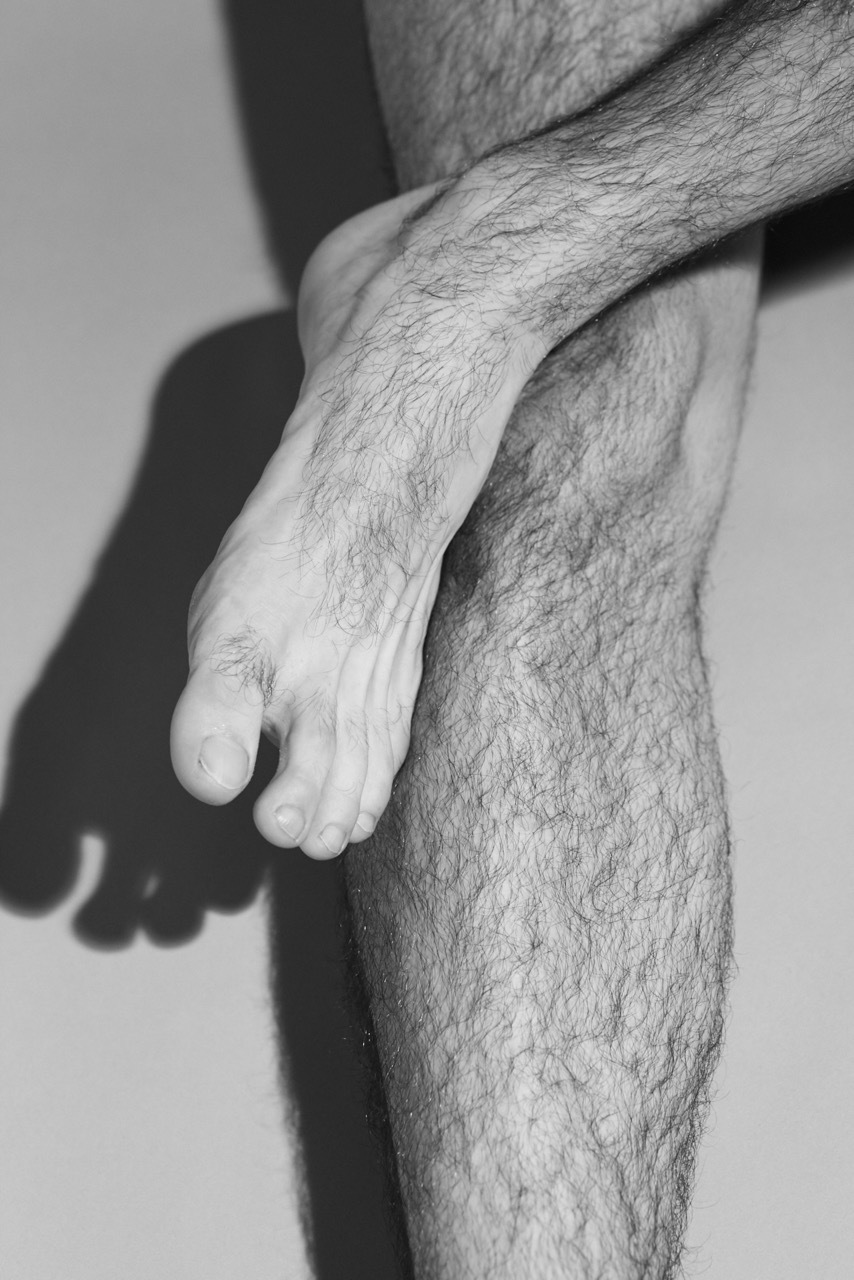
Has your work changed at all, would you say?
I can’t click a hundred times a day now. Like with analogue, which was expensive, I’m still very much thinking: is it worth it to make a click? Sometimes no, and I let it go by.
‘Walter Pfeiffer, Send Me No Flowers’ is on show from September 16 to November 12 2016 at Galerie Sultana in Paris.
galeriesultana.com
Credits
Text Sarah Moroz
Photography Walter Pfeiffer, courtesy Galerie Sultana
